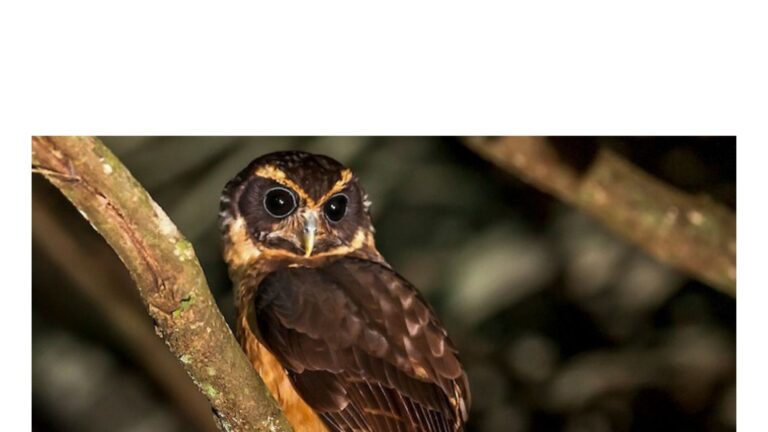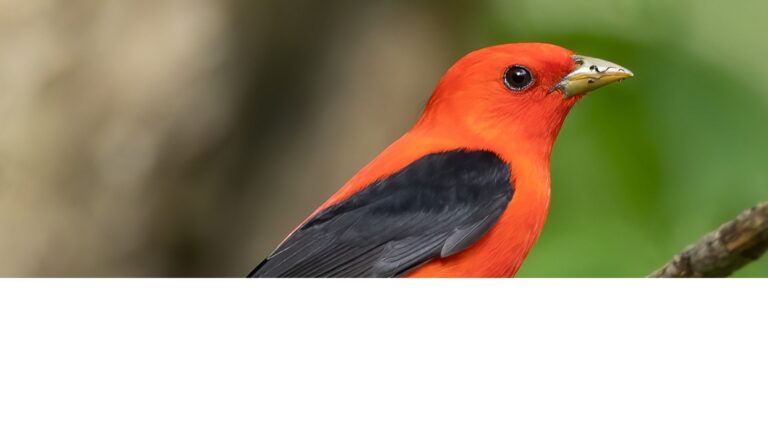Chilean Mockingbird: A Unique Species of South American Avifauna
The Chilean Mockingbird, known scientifically as Mimus thenca, is a unique species endemic to Chile.
This bird is not only recognized for its vibrant presence in local ecosystems but also plays a significant role in the cultural identity of the region.
With its striking physical characteristics and melodious calls, the Chilean Mockingbird has become a symbol of Chilean wildlife.
Found in diverse habitats ranging from arid regions to temperate forests, it thrives in various environments.
Its adaptability contributes to its wide distribution throughout the country, yet it faces challenges that impact its conservation status.
Understanding these factors provides insight into the importance of preserving this remarkable species and its habitat.
Bird lovers and researchers alike are captivated by the Chilean Mockingbird’s behavior and contributions to the ecosystem.
Its presence reflects the rich biodiversity of Chile, making it a subject of interest for those exploring the country’s natural heritage.
Key Takeaways
- The Chilean Mockingbird is endemic to Chile and plays an important cultural role.
- Its diverse habitat allows it to thrive across various regions in Chile.
- Conservation efforts are essential to protect the species and its environment.
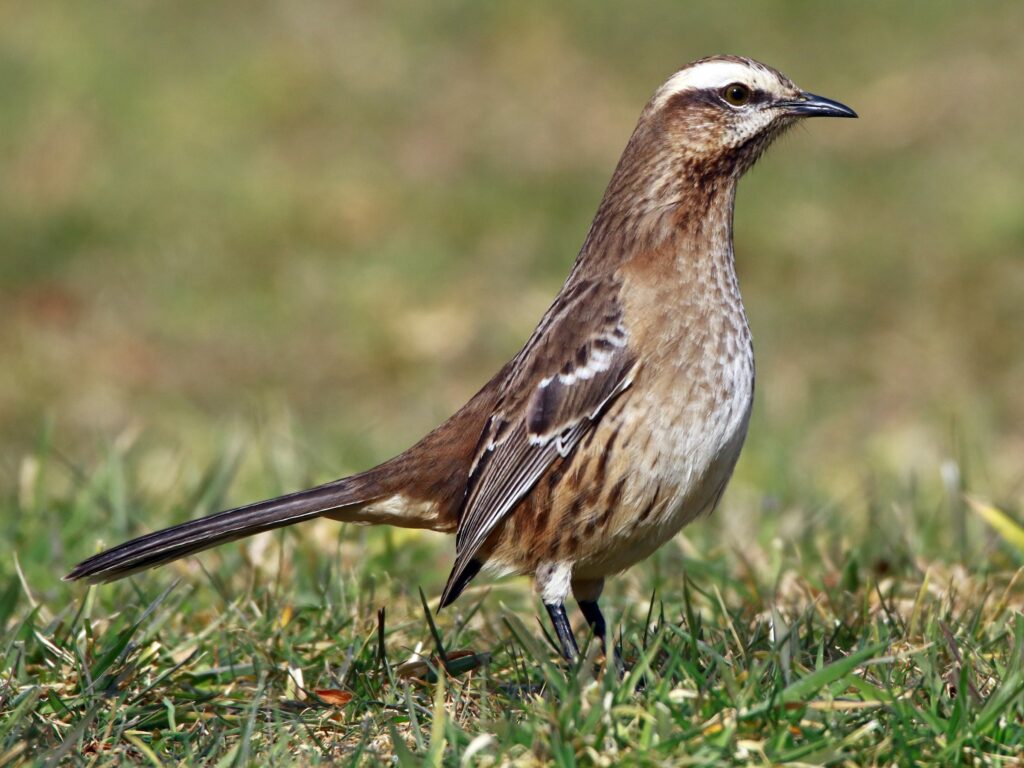
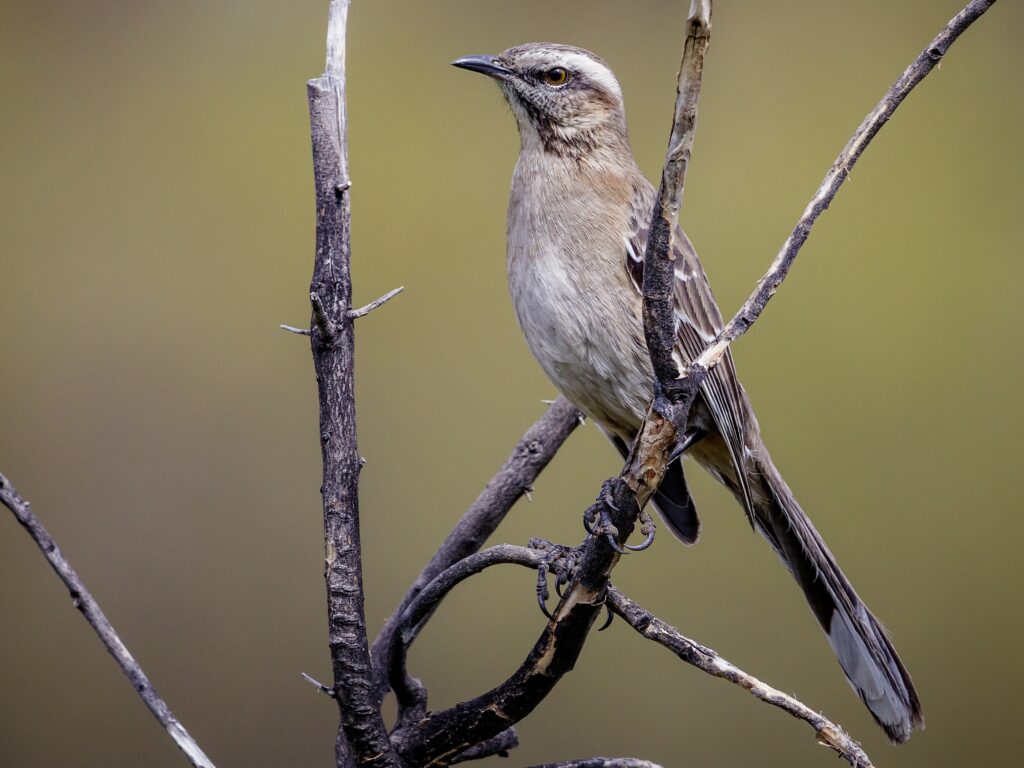
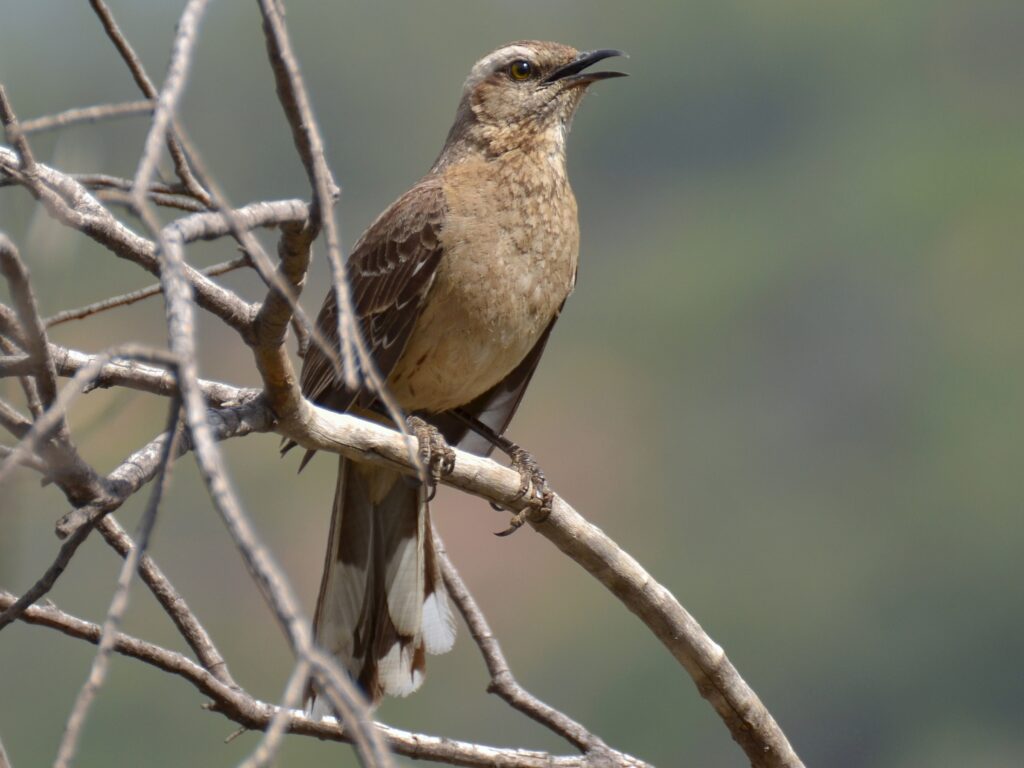
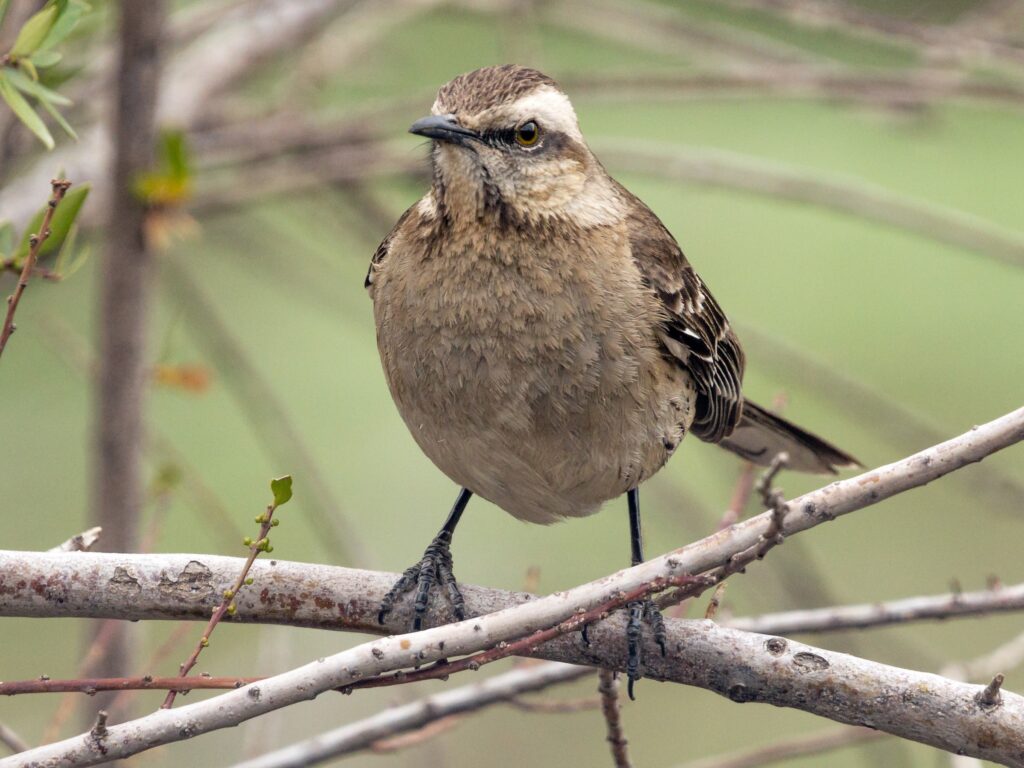
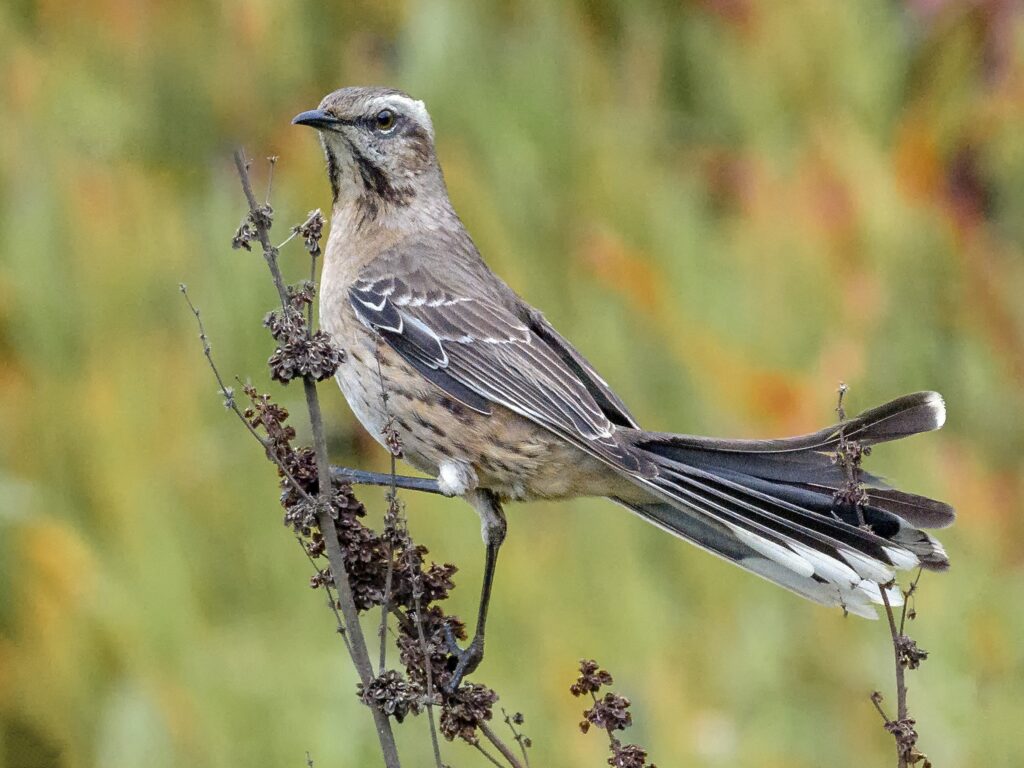
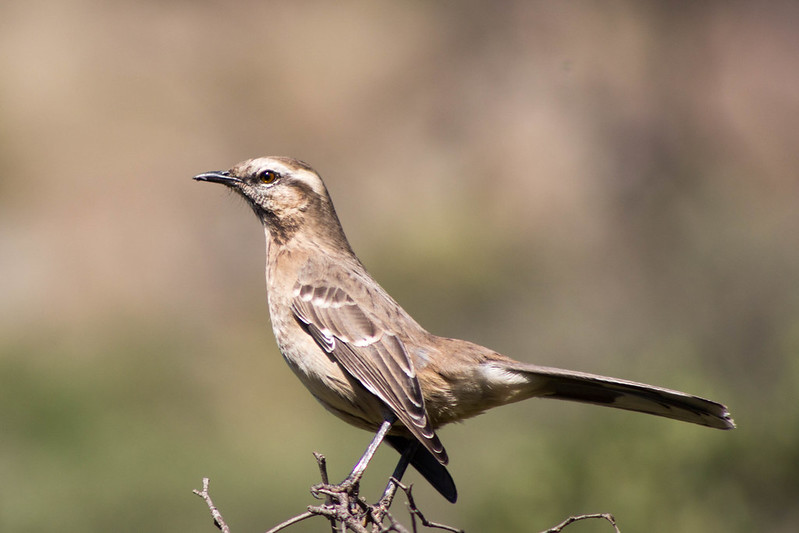
Taxonomy and Classification
The Chilean Mockingbird, scientifically known as Mimus thenca, is part of a specific classification within the bird family.
Mimidae Family
The Chilean Mockingbird belongs to the family Mimidae, which includes various species commonly known as mockingbirds and thrashers.
This family is characterized by their vocal mimicry, which allows them to imitate the sounds of other birds and environmental noises.
Mimidae comprises around 34 species spread across several genera. These birds typically have strong, versatile calls. They are found primarily in North and South America.
The Mimidae family plays an essential role in their habitats by aiding in seed dispersal and insect control.
Genus Mimus
Within the Mimidae family, the Chilean Mockingbird is categorized under the genus Mimus. This genus includes several species including Mimus polyglottos, the Northern Mockingbird, and others.
The genus Mimus is noted for its adaptability to various environments.
Species in this genus typically possess long tails, pointed wings, and robust bodies.
Mimus thenca is distinctly recognized for its olive-brown plumage and melodious song.
This classification helps researchers understand the evolutionary traits shared among mockingbirds and contributes to conservation efforts targeting their habitats.
Habitat and Distribution
The Chilean Mockingbird thrives in specific environments that support its lifestyle. It primarily inhabits shrublands, which provide both nesting sites and foraging opportunities.
This section details these habitats and the geographical range where they are found.
Shrubland Habitats
The Chilean Mockingbird favors shrubland habitats characterized by dense vegetation and low shrubs. These areas offer the necessary cover for nesting and protection against predators.
Common plants in these habitats include native shrubs such as baccharis and mimosas, which attract various insects.
The mockingbird often forages in these shrubby areas, seeking insects and fruits.
In addition to its natural habitat, the Chilean Mockingbird is adaptable and can thrive in agricultural landscapes.
It is often seen in farmyards and hedgerows, taking advantage of the resources provided by human activities.
Geographical Range
This species is endemic to Chile, meaning it is found only in this country.
The mockingbird’s range extends from northern Chile, particularly in the Atacama Desert region, to the central areas near Santiago, and down to southern regions.
It is usually associated with coastal regions and valleys where shrubland predominates.
The mockingbird’s presence is significant in both lowland and mountainous areas, showing its versatility in habitat selection.
The bird’s distribution correlates closely with its preferred habitats, making it a vital part of Chile’s avian diversity.
Understanding its habitat preferences can help in conservation efforts to protect this unique species.
Conservation Status
The conservation status of the Chilean Mockingbird is vital for understanding its protection needs. This section will discuss its classification on the IUCN Red List and highlight ongoing conservation efforts to support its population.
IUCN Red List
The Chilean Mockingbird (Mimus thenca) is currently classified as “Least Concern” on the IUCN Red List. This status indicates that the species does not face an immediate threat to its survival.
Despite having a stable population, the bird’s habitat is affected by human activities.
Urbanization, agriculture, and deforestation can lead to habitat loss. Continuous monitoring of its population is necessary to ensure it remains secure.
Conservation Efforts
Various initiatives support the conservation of the Chilean Mockingbird. Organizations focus on habitat restoration and protection in areas where these birds are found.
Key conservation actions include:
- Preserving natural habitats: Efforts aim to maintain and restore native vegetation.
- Community involvement: Educating local communities about the bird’s ecological role helps foster support for conservation measures.
- Research and monitoring: Conducting studies on the mockingbird’s population trends aids in identifying potential threats and effective conservation strategies.
These ongoing efforts help ensure the long-term survival of the Chilean Mockingbird in its natural environment.
Physical Characteristics
The Chilean mockingbird possesses distinctive features that set it apart, including its plumage and vocal abilities. Understanding these aspects offers insight into its identity and behavior as a species.
Plumage and Size
The Chilean mockingbird has a sleek and attractive appearance. Its plumage is primarily grayish-brown, with lighter underparts. This color scheme helps it blend into its natural habitat, which includes agricultural areas and shrubby regions.
Adult Chilean mockingbirds typically measure around 25 to 28 cm in length.
Their wings are long and pointed, aiding in agile flight.
They possess a relatively long tail, which is often fanned out during displays. Additionally, their legs are strong, allowing for easy movement on the ground.
Vocalization Patterns
Vocalization is a notable characteristic of the Chilean mockingbird.
This species is known for its diverse and melodic songs, which it uses to communicate during mating and territorial disputes.
Chilean mockingbirds mimic the sounds of other bird species and environmental noises.
Their ability to imitate contributes to their complex vocal repertoire.
They can produce a variety of calls, including whistles, trills, and chatters, making their songs a captivating experience for birdwatchers and nature lovers alike.
Through these vocalizations, the Chilean mockingbird establishes its presence and attracts potential mates.
Role in Culture and Symbolism
The Chilean Mockingbird, also known as Tenca, holds significant cultural symbolism in Chile. This bird is often associated with themes of resilience and connection to the land. Its presence in art and literature reflects its deep roots in the cultural identity of the region.
Tenca in Chilean Culture
Tenca is celebrated in various Chilean traditions. It represents a connection to nature and local heritage. In folklore, the bird often symbolizes adaptability and community strength.
Many Chileans recognize it as a national emblem. The Tenca is linked to joyous occasions and cultural events, featuring in songs and stories. It also plays a role in celebrations, reinforcing communal bonds throughout the country.
Influence on Art and Literature
The influence of the Tenca extends to art and literature. Poets and writers often draw inspiration from its characteristics. Works discussing natural beauty frequently feature this mockingbird as a motif.
Chilean artists portray the Tenca in visual art, celebrating its vibrant presence.
Their symbolism prompts reflection on environmental themes, urging society to value and protect natural resources.
The imagery of the Tenca is potent in conveying messages of hope and resilience, making it a favorite subject among creators across various mediums.
Multimedia Resources
Accessing various multimedia resources can enhance understanding of the Chilean Mockingbird. These resources include images, audio, and video documentation that capture its characteristics and behaviors.
Image Resource Availability
There are numerous platforms offering stock images of the Chilean Mockingbird.
These images can range from high-quality photos to creative vectors.
Users can search stock photos using tags like “Chilean Mockingbird,” making it easier to find what they need.
File sizes of these images vary, with options for compressed downloads available for efficiency.
Typical dimensions for high-resolution images are often above 3000 pixels in width, ensuring clear detail.
Contributors to these image collections are often wildlife photographers and organizations specializing in avian life. This variety supports diverse needs, whether for educational purposes or personal projects.
Audio and Video Documentation
Audio and video resources are crucial for studying the vocalizations and behavior of the Chilean Mockingbird.
Websites such as Xeno-canto provide audio recordings of its songs, showcasing the bird’s unique vocal traits.
Video platforms also feature documentation of the Chilean Mockingbird in its natural habitat.
These videos typically highlight its feeding habits, mating calls, and interactions with other species.
File sizes of videos can vary greatly, so users should check for options that suit their bandwidth needs.
Dimensions for these videos usually span standard formats, including HD quality.
Accessing such multimedia resources allows for a more comprehensive appreciation of the Chilean Mockingbird and its role in the ecosystem.
Frequently Asked Questions
This section addresses specific questions regarding various mockingbird species, their characteristics, habitats, and conservation statuses.
Each question provides insights into the distinct traits and preferences of these fascinating birds.
What are the distinctive characteristics of the Patagonian Mockingbird?
The Patagonian Mockingbird is known for its gray-brown plumage and white belly.
It has a long tail and a varied song, which includes mimicking other bird calls. This species is commonly found in open areas and shrublands of southern South America.
How does the Galapagos Mockingbird differ from other mockingbird species?
The Galapagos Mockingbird has several unique traits, including a relatively long bill and a more slender body compared to other mockingbirds.
It is highly adaptable and often seen in various habitats across the Galapagos Islands. Its behavior and vocalizations can also differ significantly from those found on the mainland.
What habitat preferences do Bahama Mockingbirds have?
Bahama Mockingbirds prefer coastal habitats, including scrublands, mangroves, and open woodlands.
They are often found in areas with dense vegetation, which provides shelter and nesting sites. Their adaptability allows them to thrive in both natural and altered environments.
What is the extent of the Tropical Mockingbird’s distribution?
The Tropical Mockingbird is widely distributed across Central America and parts of South America.
It inhabits various environments, from urban areas to open fields. This species is often seen in warmer climates and can adapt to changing conditions.
How does the Socorro Mockingbird’s conservation status compare with other mockingbirds?
The Socorro Mockingbird is considered vulnerable due to its limited range and habitat destruction.
Conservation efforts are underway to protect its remaining populations. Compared to other mockingbirds, it faces more significant threats from invasive species and habitat loss.
What physical adaptations are unique to the Hood Mockingbird?
The Hood Mockingbird exhibits unique physical traits such as a shorter bill and a more compact body. These adaptations allow it to thrive on the Galapagos Islands.
Its coloration helps it blend into its environment, providing effective camouflage against predators.





